4.9 Star Rating 250+ Reviews
Introduction to household pests
Household pests are unwanted insects, rodents, and other small animals that invade homes and cause damage or health issues. These pests can include ants, cockroaches, rodents, and bedbugs. They enter homes in search of food, water, and shelter. By identifying and understanding these pests, homeowners can take effective measures to control and prevent infestations.

Common types of household pests
Household pests can be a nuisance, and it’s important to be able to identify the common types. Here are some of the most frequent household pests:
- Ants: They often invade kitchens and pantries in search of food.
- Cockroaches: These resilient pests can carry diseases and are commonly found in damp and dark areas of the home.
- Rodents (mice and rats): They can cause damage to property and carry diseases.
- Bedbugs: These blood-sucking pests are commonly found in bedrooms and can cause itchy bites.
- Spiders: While most are harmless, some can be poisonous and should be handled with caution.
Remember, early identification of household pests can help in preventing infestations and effectively dealing with them.
Identifying signs of infestation
Pests can leave visible marks, like droppings or gnawed items, and produce strange smells. Looking out for these signs can help you identify an infestation in your home and take the necessary steps to address it.
Dealing with cockroaches
Cockroaches are resilient pests that can thrive in various environments, making them difficult to eliminate. Here’s how to deal with cockroaches:
- Maintain a clean environment: Cockroaches are attracted to food and moisture, so keeping your home clean and dry can help deter them.
- Seal entry points: Patch up any cracks or crevices in your home to prevent cockroaches from entering.
- Use baits and traps: Cockroach baits and traps can help reduce their population, but it’s important to place them strategically in areas where cockroaches are likely to gather.
- Seek professional help: If you have a severe infestation, consider contacting a pest control professional to effectively tackle the problem.
Managing ant infestations
Ant infestations can be managed through simple steps at home. Here’s how:
- Identify the source: Locate the ant trails and their entry points into your home to determine where the ants are coming from.
- Eliminate food sources: Keep all food tightly sealed and clean up any spills or crumbs immediately.
- Use natural deterrents: Sprinkle cinnamon, mint, or vinegar along ant entry points to deter them from coming into your home.
- Seal entry points: Use caulk or other sealants to close off any cracks or crevices where ants may be entering.
- Set ant baits: Place ant bait stations in areas where ants are frequently seen, making sure to keep them out of the reach of children and pets.
- Regular cleaning: Keep your kitchen and other areas where ants are present clean, and dispose of any trash promptly to discourage them from returning.
Controlling rodent populations
To control rodent populations in your home, it’s important to take preventive measures and eliminate existing infestations. Here are a few tips to help you keep rodents at bay:
- Seal all possible entry points, such as cracks and holes, that rodents can use to enter your home.
- Keep food tightly sealed and stored in rodent-proof containers to prevent attracting rodents into your home.
- Set up traps in areas where rodent activity is observed, using bait such as peanut butter or cheese.
- Keep your home clean and tidy to remove potential nesting spots and food sources for rodents.
- Consider seeking professional help if the infestation is severe or persistent.
Preventing bed bugs and fleas
To prevent bed bugs and fleas, regularly vacuum and clean your home, especially in areas where pets or people sleep. Use mattress and box spring encasements to trap any pests inside. Wash bedding and clothing in hot water and dry on high heat to kill any bugs or eggs. Inspect second-hand furniture and clothing for signs of infestation before bringing them into your home. When traveling, inspect hotel rooms for signs of bed bugs and keep your luggage off the floor. If you suspect an infestation, contact a pest control professional for thorough removal.
Natural pest control methods
Natural pest control methods are a safer and eco-friendly alternative to chemical pesticides. They can help you manage household pests without harming the environment or endangering your health. Here are some natural methods you can use to control pests in your home:
- Use diatomaceous earth to control crawling insects
- Plant mint, basil, or lavender to repel insects
- Set up traps with apple cider vinegar to catch fruit flies
- Sprinkle boric acid to combat cockroaches and ants
By implementing these natural pest control methods, you can effectively manage household pests while minimizing the use of harmful chemicals.
Professional pest control services
Professional pest control services offer a more thorough and effective solution to tackling household pest infestations. Trained professionals can identify the specific type of pest and customize a treatment plan to eliminate them from your home. They also have access to stronger and more advanced pest control products that are not available to the general public. Hiring a professional can save you time and effort in dealing with pest infestations and ensure that the problem is addressed effectively.
Conclusion and summary
Identifying different types of household pests is crucial for effective pest control. By knowing the signs of infestation and the characteristics of common pests, you can take appropriate measures to eradicate them from your home. Remember to regularly inspect your home for any signs of pests and take preventive measures to avoid future infestations. If you’re unsure about the type of pest infestation in your home, it’s best to seek professional assistance from a pest control expert. Taking prompt action will help you protect your home and maintain a pest-free environment.
